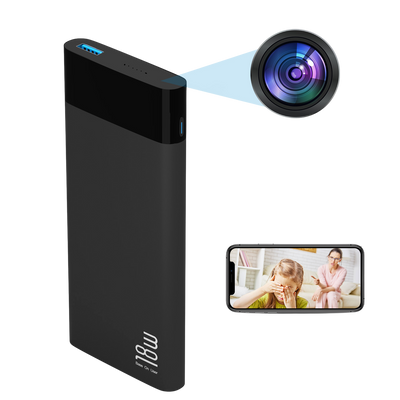Learn about Bug Detectors
What are Bug Detectors? What do they do?
Bug detectors are used to detect and locate hidden electronic and spy devices, such as wireless listening devices, cameras, and GPS trackers which are commonly referred to as bugs.
These devices are commonly used in the security industry and can also be useful in identifying potential threats in private settings that are not authorized, or legal. Use a bug detector to ‘sweep’ your property, assets or vehicles and confirm there are no planted or suspicious devices in your vicinity.
5 Relevant Situations for using a Bug Detector:
- Use in corporate offices to detect any unauthorized listening or recording devices. Protect confidential information and trade secrets.
- Scanning hotel rooms for any hidden cameras or listening devices.
- Use at home when feeling unsafe or watched, to gain peace of mind.
- Ensure that confidential meetings remain confidential by scanning the premises beforehand.
- Private Investigators use bug detectors to identify any listening or recording devices that may be used to gather information about their clients.
How to Use Them
There are two primary types of bug detector; hidden camera detectors, and RF (radio frequency) or signal/frequency detectors. Each can be used to find different types of the devices, so keep reading to find out which may be more important for your situation. Many of the higher-end consumer accessible devices combine both features into one device, such as the Lawmate RD-10 or RD-30.
Camera Detectors - If you’re looking for a camera of any type that might be watching, whether online or off, then you’re after a bug detector that can identify spy camera lenses.
These are most effective at close range, and should be used thoroughly through a location you’re attempting to bug-sweep. Start by turning on the red LED lights of the device, and thoroughly scan the area you’d like the sweep, keeping a close eye out for the reflection of the red LED lights produced by the device. Some devices include view-finders that have a tinted screen that can help identify particularly high-end hidden camera lenses, or in cases of visual impairment.
RF Detectors / Wireless Signal Detectors - If you’re looking for a camera, listening device, or tracker, that is actively connected to the internet or being viewed by another user, you’re after an RF signal detector.
Many modern devices such as wireless cameras, listening devices and GPS trackers output wireless signals at a range of radio frequencies. Bug detectors with signal detection are capable of finding these devices while they are transmitting, effectively triggering a sound or visual prompt from your hand-held bug detector when it identifies these radio, wireless or cellular signals. The greater range of frequencies a bug detector covers from low Mhz to high Ghz, the more devices it’s capable of finding, with 2.4Ghz being used for many wireless devices.
Once you’re ready to sweep for signals, start by turning off your electronics and set aside your mobile phone to prevent unintended activations. Keep the Wi-Fi modem/router on, and use this to test the range and signal detection strength of your bug detector before proceeding to sweep for bugs. If your bug detection device reacts somewhere that it shouldn’t be, you’re on to something.
Now that you know more about bug detectors, check out our favorites below.
















